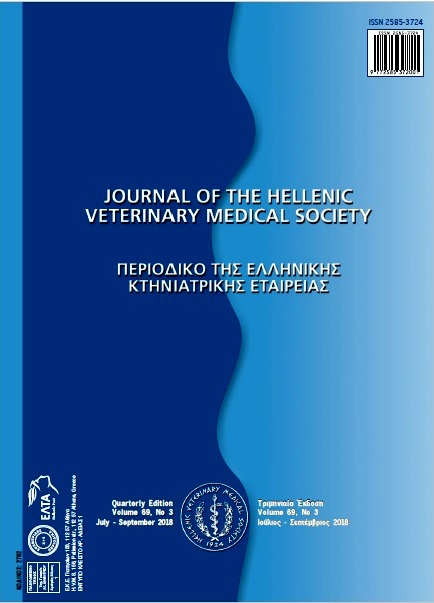Histopathological findings in Dalmatian pelicans (Pelecanus crispus) naturally infected with avian influenza subtype A H5N1 in Bulgaria

Abstract
The aim of this study is to estimate the histopathological changes in visceral organs of naturally infected with the avian influenza virus (AIV) subtype A H5N1 dalmatian pelicans in Bulgaria. The identified gross lesions are: haemorrhagic small intestine, sparse content in gizzard and proventriculus, well defined hyperemia of the tracheal mucosa associated with petechiae, as well as meningeal and brain congestion. The infected birds exhibited the following histopathological changes: edema of the tracheal mucosa with loss of mucosal glands, mild to moderate congestion with focal necrosis and multifocal non suppurative encephalitis and gliosis, mononuclear infiltration in the cecum, and diffuse mononuclear infiltration in the submucosa of the small intestine. The virus was detected by virus isolation (VI) and RT-PCR from tissue samples (lung, trachea, small intestine, brain, proventriculus, cloaca) from the infected birds.
Article Details
- How to Cite
-
STOIMENOV, G. M., GOUJGOULOVA, G. V., NIKOLOV, B., PETROVA, R., TENEVA, A., & DIMITROVA, I. (2018). Histopathological findings in Dalmatian pelicans (Pelecanus crispus) naturally infected with avian influenza subtype A H5N1 in Bulgaria. Journal of the Hellenic Veterinary Medical Society, 68(3), 369–376. https://doi.org/10.12681/jhvms.15493
- Issue
- Vol. 68 No. 3 (2017)
- Section
- Research Articles

This work is licensed under a Creative Commons Attribution-NonCommercial 4.0 International License.
Authors who publish with this journal agree to the following terms:
· Authors retain copyright and grant the journal right of first publication with the work simultaneously licensed under a Creative Commons Attribution Non-Commercial License that allows others to share the work with an acknowledgement of the work's authorship and initial publication in this journal.
· Authors are able to enter into separate, additional contractual arrangements for the non-exclusive distribution of the journal's published version of the work (e.g. post it to an institutional repository or publish it in a book), with an acknowledgement of its initial publication in this journal.
· Authors are permitted and encouraged to post their work online (preferably in institutional repositories or on their website) prior to and during the submission process, as it can lead to productive exchanges, as well as earlier and greater citation of published work.



